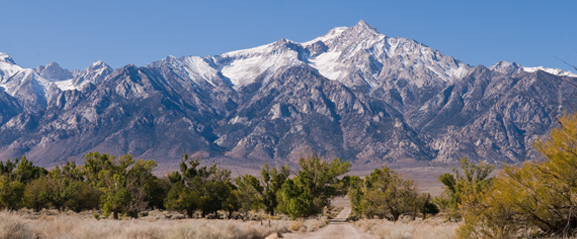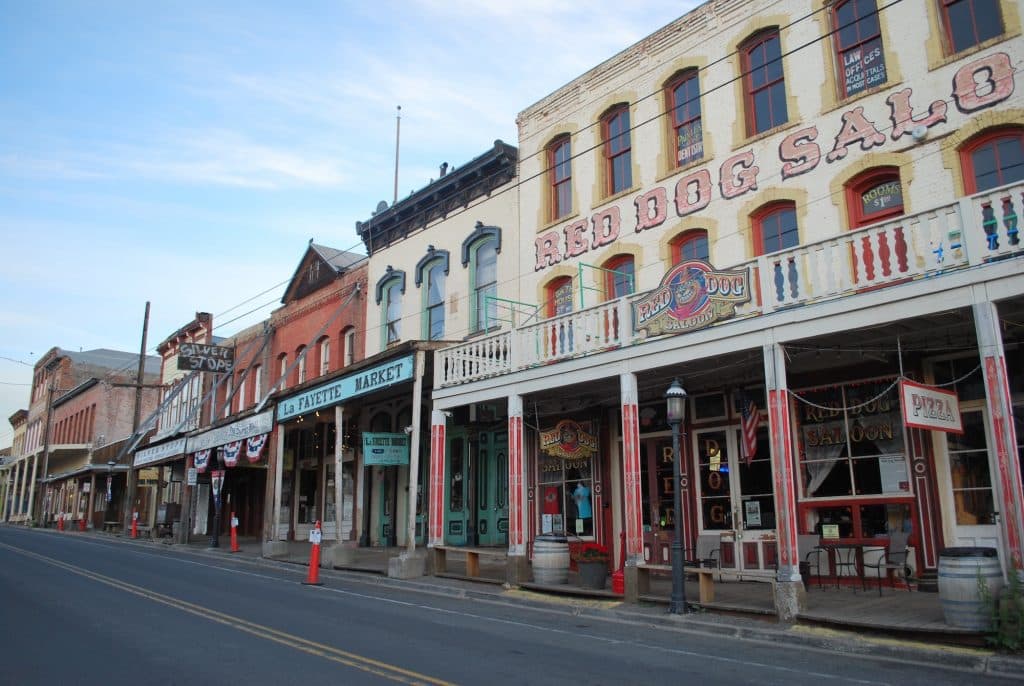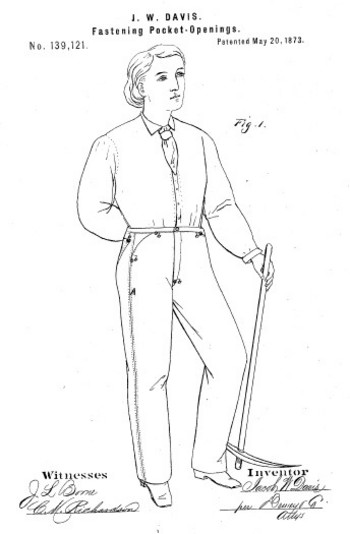Nevada was named for the Spanish word for “snow-capped”, after the Sierra Nevada Mountains. It was first inhabited by the Paiute, Shoshone and Washoe Native American tribes. Home of the world famous city of Las Vegas where people from all over come to gamble and the famed slogan, “What happens in Vegas, stays in Vegas.” Before that though it was a series of boom towns and small settlements.

Gold
Nevada may be known as the Silver State for the silver rush, but today Nevada is the largest supplier of gold in the United States. In 1961, Newmont Mining Company discovered a massive area of gold ore near the Gold Canyon region. Most gold-mining activity today is done in Humbolt County. Three of the world’s top ten producing gold mines are in Nevada: Carlin, Cortez and Goldstrike. In 2015, Nevada produced about $6 billion worth of gold, about 80% of all gold produced in the United States. Nevada is only second to South Africa for gold production.
15th Amendment
Nevada was the first state to ratify the 15th Amendment. The 15th Amendment gave African American men the right to vote. It was a major part of the Reconstruction Era after the Civil War. At first there was much opposition to it and many states refused it, including Nevada. There was concern by some that it would lead to women’s suffrage and others thought there should be a literacy test. Nevertheless, it was passed and on March 1, 1869, Nevada was the first to ratify it. Soon other states followed. One day after it was ratified, Thomas Mundy Peterson of New Jersey was the first Black person to cast a vote. However, it would be many years before Black people would be able to easily vote in some areas.
Ghost Town

Virginia City in Nevada is considered one of the most haunted towns in America. It was founded in 1859 with the discovery of the Comstock Lode of silver. Virginia City was a silver boomtown and prospered for a couple of decades. The population declined after the mines’ output began to slow. Now Virginia City’s population is less than 1,000. They do have a tourism industry built around ghost stories and haunted places. The Old Washoe Club, a high-class hotel, is said to have a ghost of a prostitute named Lena that can be seen on the famed spiral staircase. She was murdered in a third-floor bedroom. Her murderer’s ghost can also be seen, he committed suicide on the second floor. At the Mackay Mansion seven different ghosts can be seen. The ghost of a prostitute named Rosie who killed herself in a bathtub can be seen at the Silver Queen Hotel. These are only a few cases of ghosts in Virginia City and there are many other haunted locations.
World’s Oldest Profession
Nevada is the only state in the union that allows legal prostitution. Prostitution has been allowed in the state since the 19th century. In 1937, a law was passed that required weekly health checkups of all prostitutes. There were many efforts to shut down the brothels over the next few decades. Then in 1971, Joe Conforte, the owner of the Mustang Ranch brothel, was able to convince county officials to pass an ordinance that allowed for the licensing of brothels and prostitutes. Some counties began to outlaw it out of fear that brothels would be opened in them. However, others used the ordinance to keep brothels open. Today, prostitution is legal in 10 counties and illegal in all the others. As of 2018, there are 21 legal brothels in Nevada. Major cities like Reno and Las Vegas have banned it but there are lots of illegal prostitution there.
Blue Jeans

The modern blue jeans got their start in Nevada. Jacob W. Davis was a Latvian immigrant who spent time traveling before settling in Reno, Nevada. In 1869, Davis opened a tailor shop in Reno, which at the time was nothing more than a tiny railroad town. He made horse blankets, tents and wagon covers for the Central Pacific Railroad workers. He tended to work with denim cloth and cotton duck cloth which were supplied by Levi Strauss & Co in San Francisco. The story of how he invented the modern blue jeans is that a woman came into his shop wanting a pair of strong work pants for her husband. He used duck cloth and reinforced the pockets and seams with copper rivets. Word spread around about these pants and more workers wanted some. Around 1871, he switched to denim cloth for the pants. Eventually, it was hard for him to keep up with the demand. In 1872, he went to Levi Strauss & Co to ask for financial help for filing for a patent for the pants. They agreed and got a patent for “Improvements in fastening pocket openings”. That year Davis also began to sew a double orange threaded stitched design on the back pockets which was also patented. He moved to San Francisco where they had set up a tailor shop for him. Demand was high and eventually a manufacturing plant was opened. Davis worked for Levi Strauss & Co for the rest of his life.
